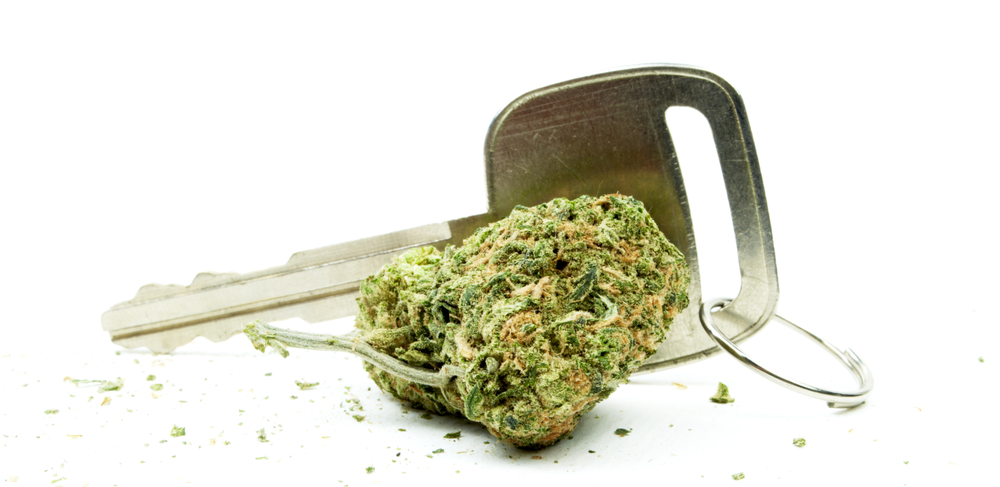
Although the spot enforcement of driving while intoxicated on alcohol has been refined to a science by law enforcement, driving under the influence of drugs remains more difficult to prove. Given the wave of cannabis legalization across the country, driving under the influence of marijuana has become a serious safety issue. Recent NIDA research on THC blood levels shows the difficulties involved with effectively testing for impaired driving when it comes to marijuana.
With vaporizers doing away with the classic smell of pot, law enforcement officials need additional methodologies to catch such offenders. The ongoing challenge to develop valid tests calls for the development of the appropriate legal limits for blood concentration of THC, the primary intoxicating ingredient in marijuana, or its metabolites. Due to the chemical profile of THC, its concentration in the blood diminishes rapidly after smoking. Despite this diminishment, driving impairment remains in place. If THC levels in the blood stream do not reveal the danger, how can such impairment while driving high be consistently proven?
In a recent study, researchers at the National Institute on Drug Abuse’s (NIDA) Intramural Research Program and the University of Iowa tested the blood THC concentrations of adults before, during, and after driving in the National Advanced Driving Simulator. The goal was to evaluate how the changes in THC concentration affected the interpretation of toxicology indicators. The results showed that even though blood THC concentrations while driving were at levels that affected driving ability, they had decreased to under commonly used impairment testing thresholds after a few hours. Despite this decrease, the drivers still came across as impaired.
Given a driver’s ability to refuse immediate testing, the blood levels often clear of the evidence by the time a blood test can be done. This is a huge problem for law enforcement in the field; sobriety field tests often do not provide enough hard evidence to obtain a conviction. Further testing also revealed that consumption of alcohol, along with marijuana, did not significantly affect the blood results for marijuana.
The conclusions of the study describe how, “Forensic blood THC concentrations may be lower than common per se cutoffs despite greatly exceeding them while driving. Concentrations during driving cannot be back-extrapolated because of unknown time after intake and inter-individual variability in rates of decrease.”
Another problem discovered by the researchers is the wide variability in how THC is metabolized by frequent users versus infrequent users. Such variability makes accurate testing difficult. As a result, despite the dangers of driving while high, current testing methods do not necessarily accurately reflect marijuana impairment. The development of improved methods for assessing cannabis intoxication in real time is essential to develop. Such tests will provide law enforcement officers the tools they need to address drugged driving while enabling legislators to develop more accurate marijuana impairment guidelines.
